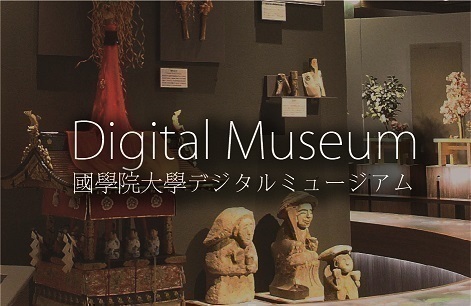Encyclopedia of Shinto
| Main Menu: | |
| Links: |
詳細表示 (Complete Article)
| カテゴリー1: | 4. Jinja (Shrines) |
|---|---|
| カテゴリー2: | Ritual Implements and Vestments |
| Title | Komo |
| Text | Also called aragomo or makomo. A fabric mat woven from the husks of wild rice (makomo) and used in ritual, normally as a mat under an offering table (shinsen an) or tamagushi table (tamagushi an). Such mats may also be used to form a carpeted path during the removal (sengyo) of a shrine's kami from one site to another. Shintō myōmoku ruiju shō states, "Mats used in rituals include aragomo (rough mats), sugomo [mats woven from bamboo with a backing of unrefined silk] and yafugomo ("myriad-woven mat"). When a mat is placed underneath an offering table, it is called a sugomo, while mats used to make offerings in the rite of Daijōsai are called kami no sugomo, and mats used when placing offerings before the emperor are called misugomo. The correct etiquette for laying out and rolling up komo is specified in the rules for ritual procedure established by the Association of Shinto Shrines (Jinja Honchō). A komo is unrolled by placing the roll vertically at the right, holding the free end with the right hand at mid-length and with the left hand on the roll below, unrolling from right to left. See also hizatsuki. — Inoue Nobutaka |




